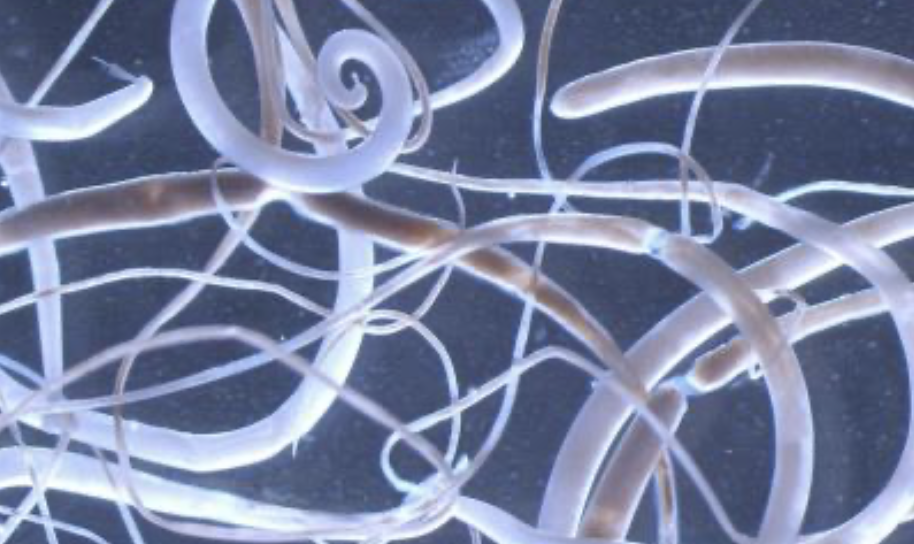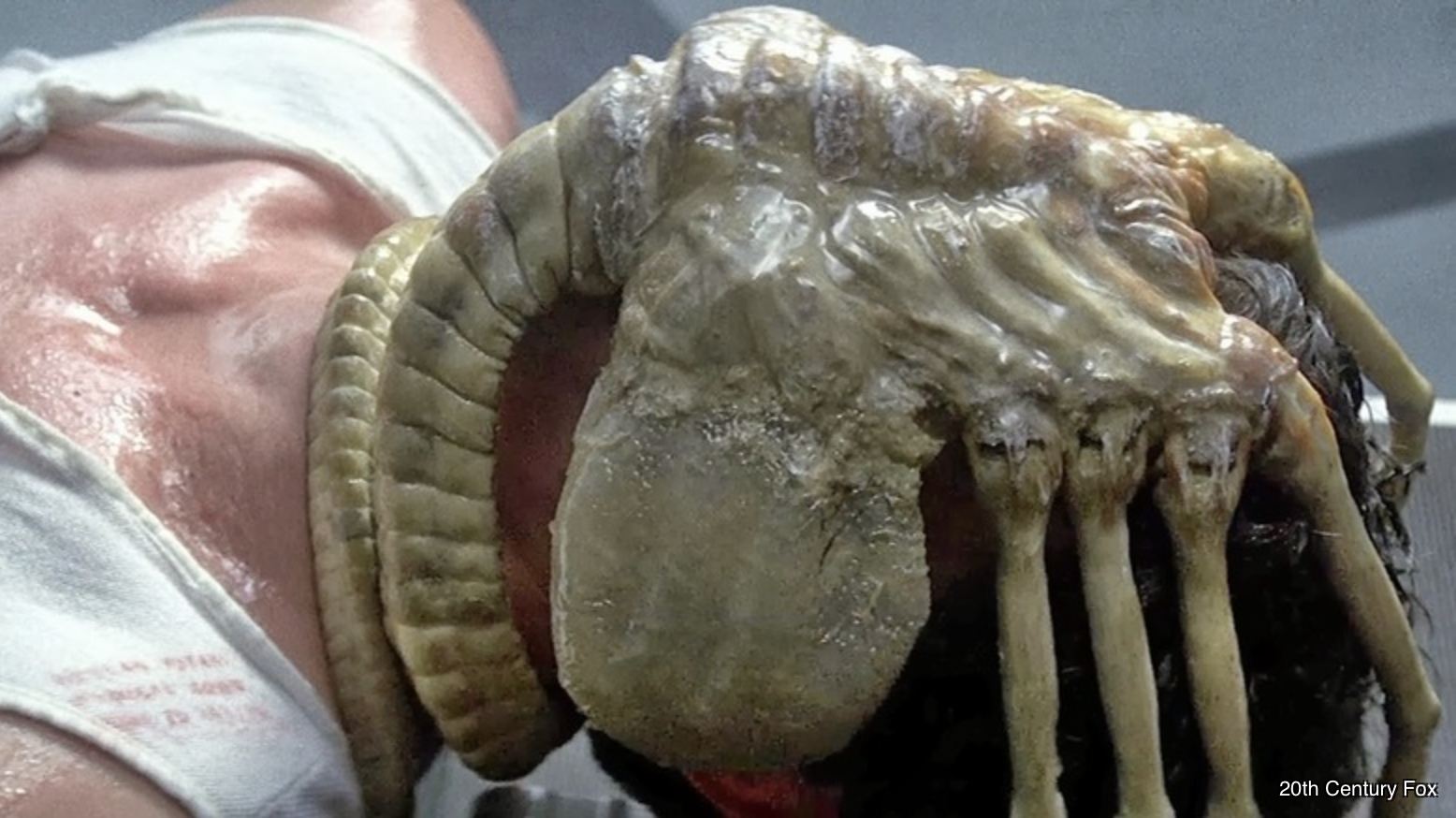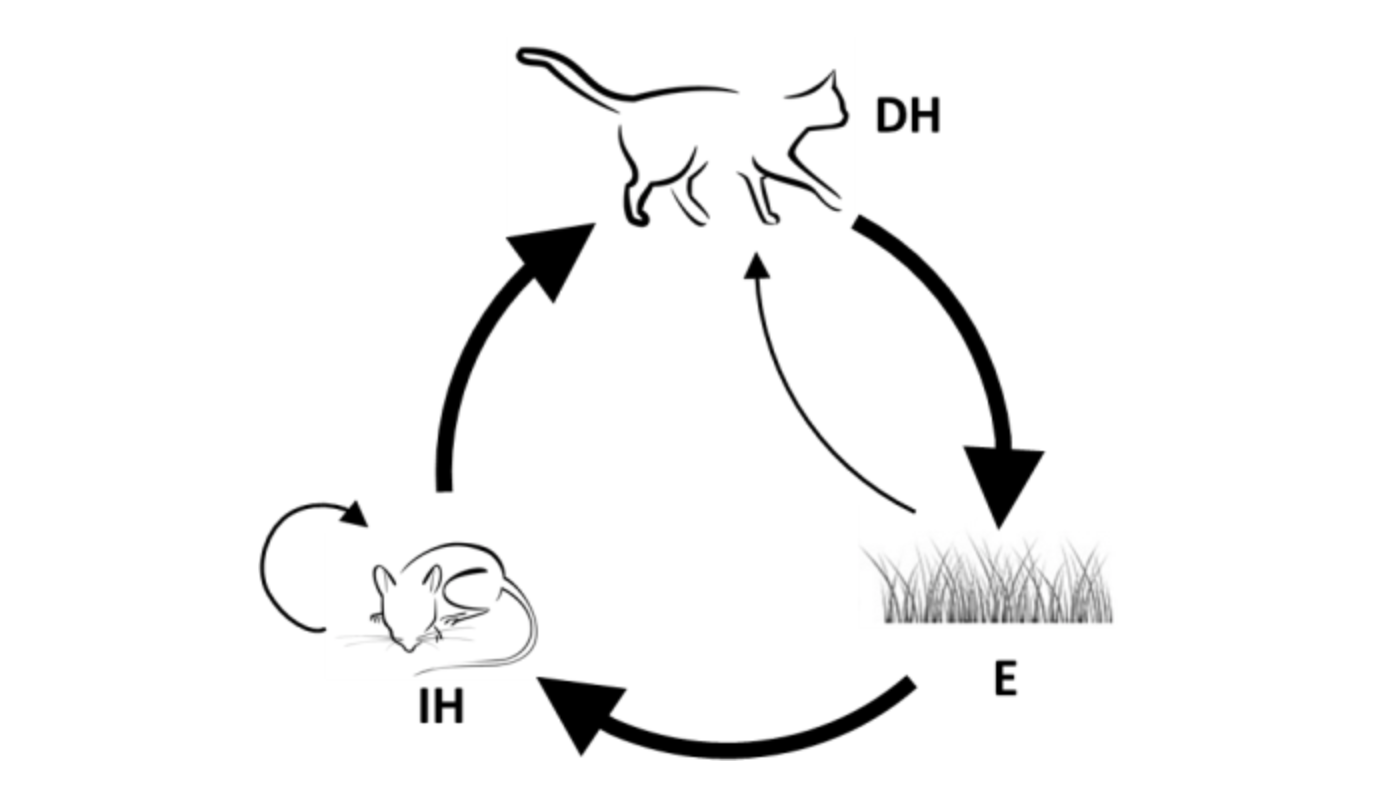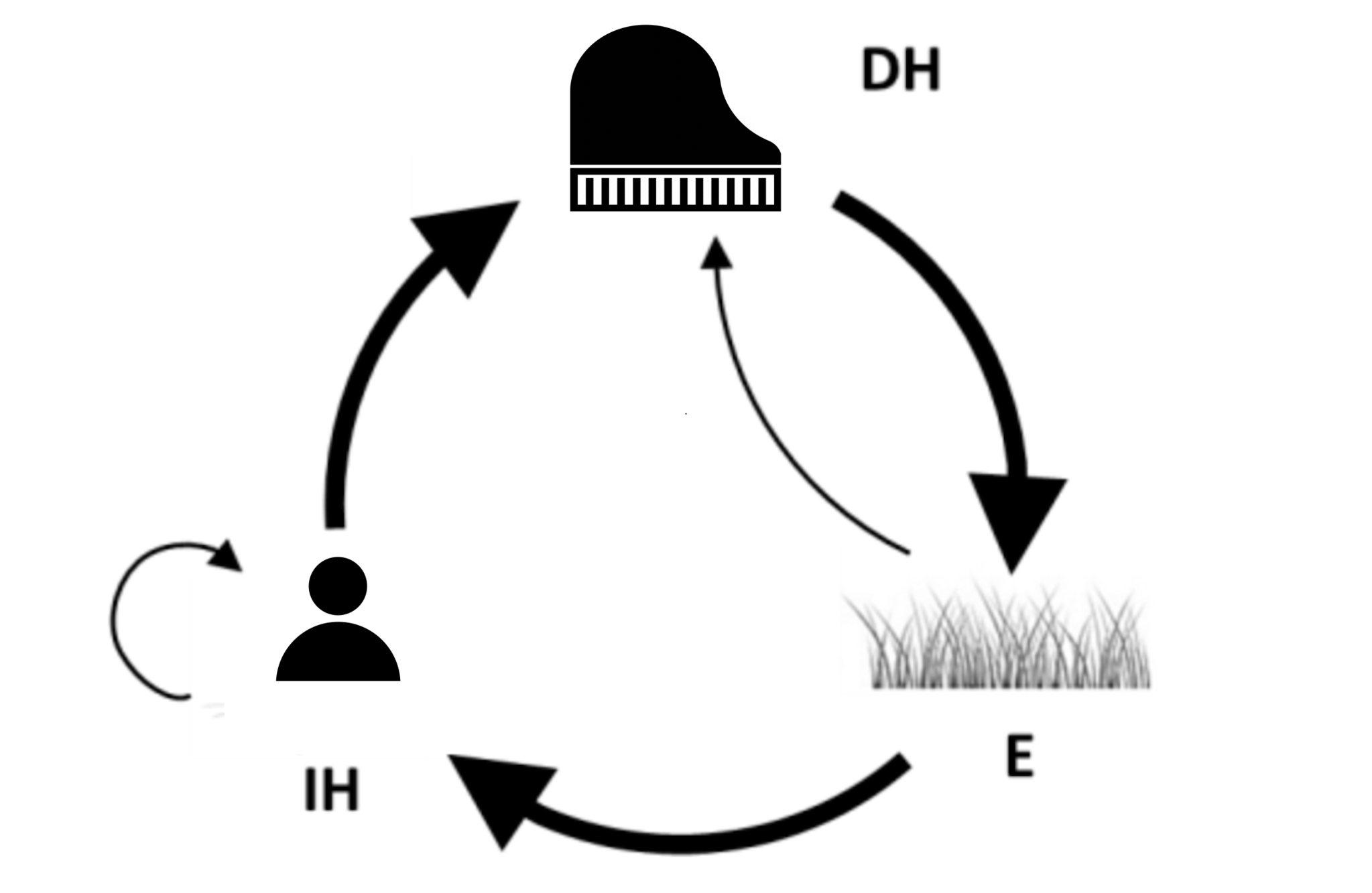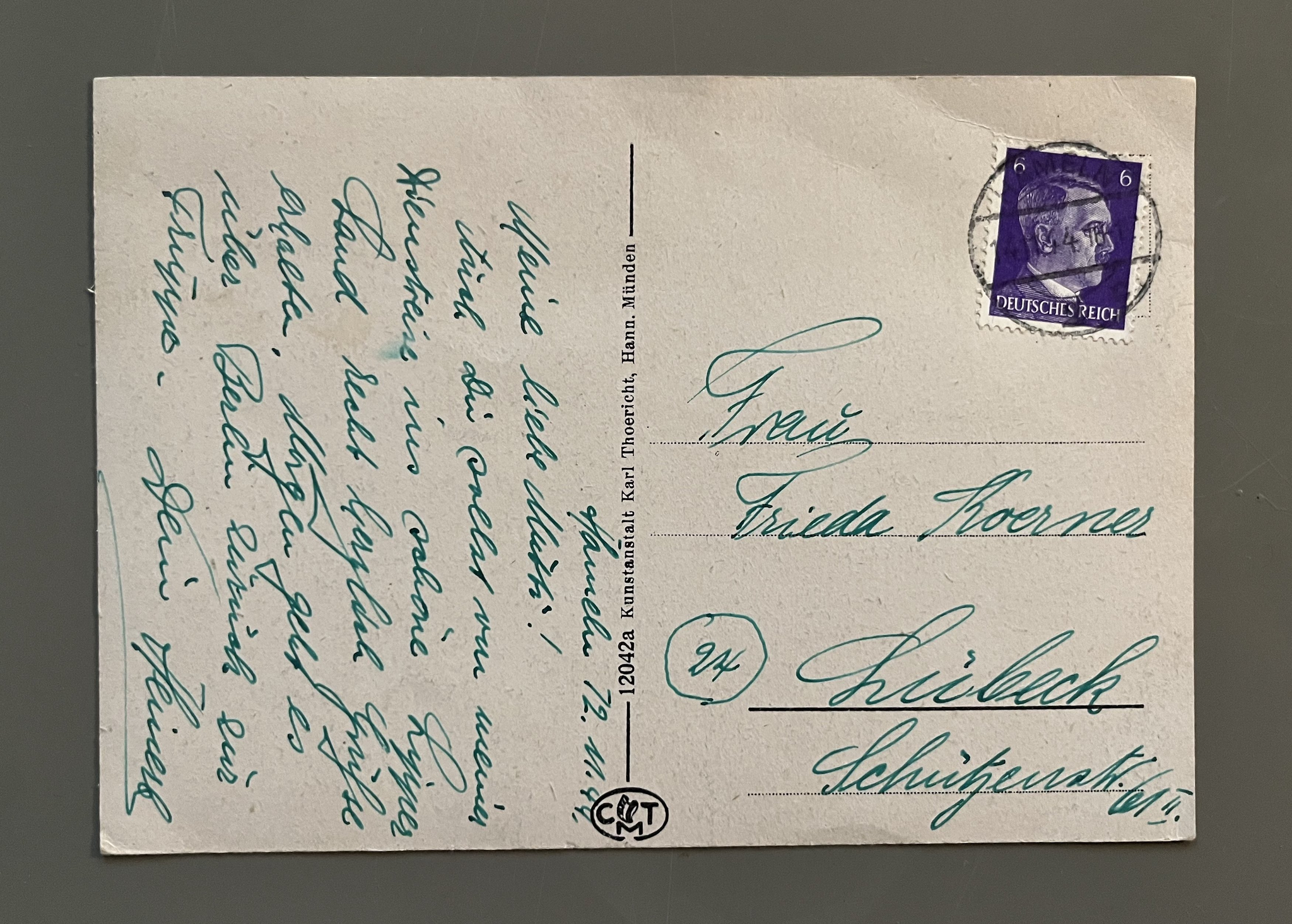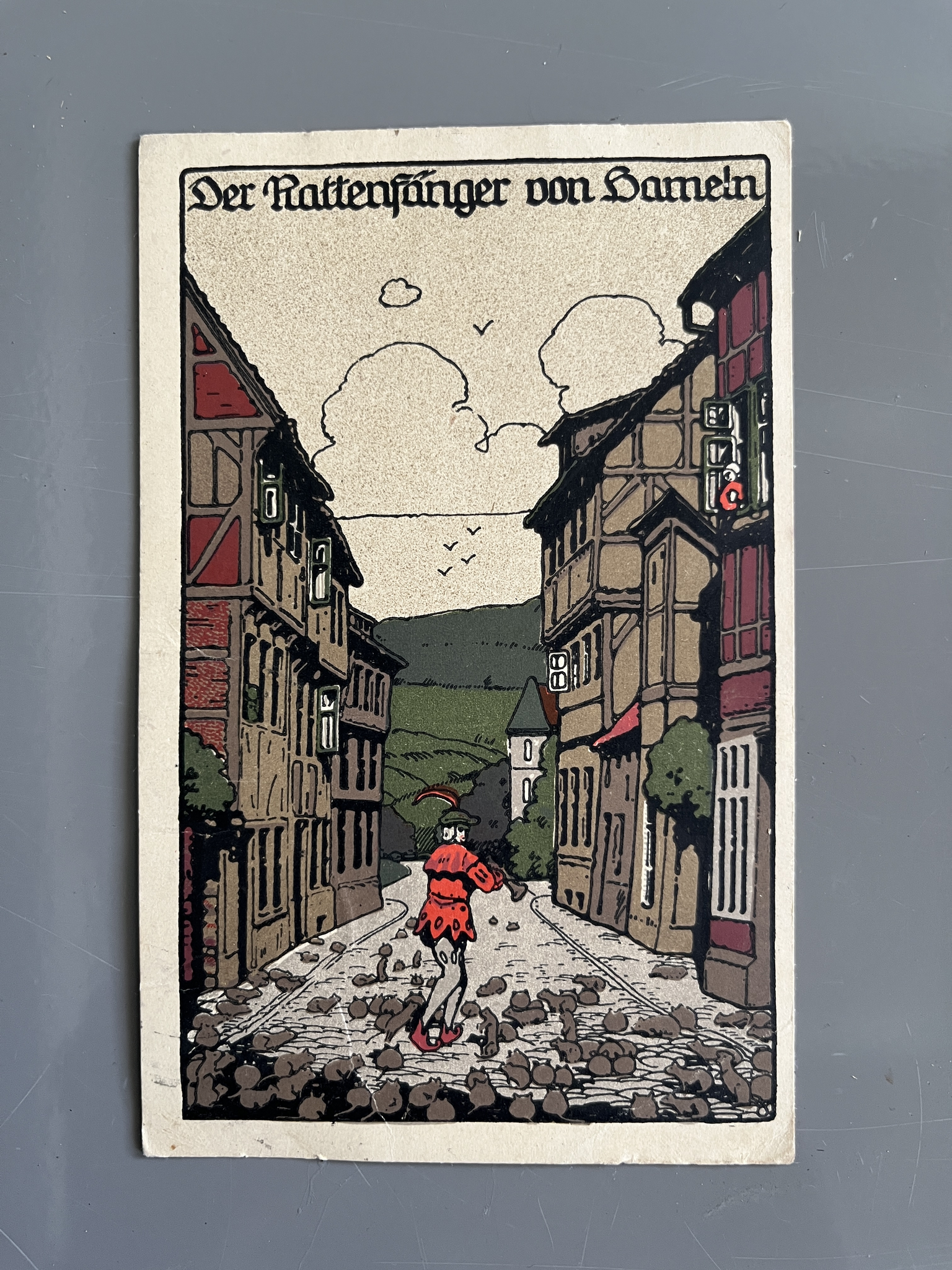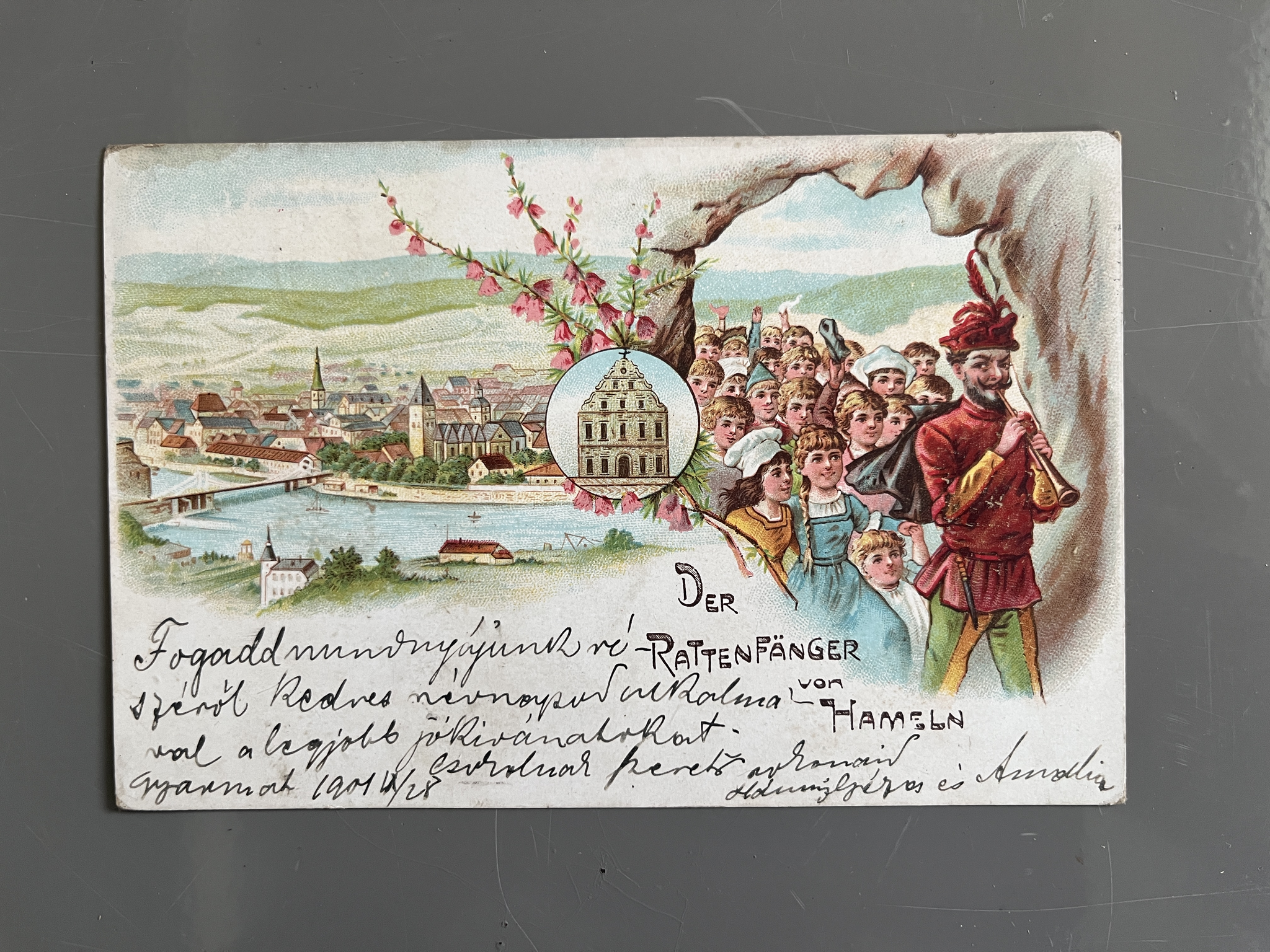- softening the silent, softening the sedimented
- inquiries into matters of toxoplasmatic ectoplasm
I´m occupied with the matter of plasma, and I find that plasmatic matter offers itself as a valuable metaphor or prism to look and think through (or fluidum to swim in).
In my previous artistic research project, Music for the inner ear (2017), I was looking and thinking through a prism of (super-heated) plasma in relation to the world of (quantum) physics as a way to designate a body to instable matters in a state of flux. Here, we encounter the super-heated plasma as an instable matter hovering within the gravity-defying magnetic field inside the CERN particle accelerator suspended between conditions, very much like the living-dead super-positioned cat in Schrödinger’s box.
There are other kind of plasmas than super-heated plasmas hovering within magnetic fields, and within the current project, I’m interested in plasma in more ways than within a quantum mechanical context, but still looking at the possibilities of how the instable (or intangible) can attain instable elusive plasmatic bodies. Within this project, the plasmatic can be said to tend toward the amorphous but is to be understood as a more ghostlike and super-positioned body of evaporating matter.
Looking at plasma in relation to the world of medicine, we encounter blood plasma - a transparent substance that contains mostly water. Blood plasma is the liquid portion of blood in which our red and white blood cells and platelets are suspended, as they move throughout our bodies. Blood plasma works, so to speak, as a carrier signal for the red and white blood cells. 1
Very much like a midi signal, which in itself doesn’t carry a particular sound, but is capable of carrying whatever sound, blood plasma is capable of carrying bodies other than itself, and thereby blood plasma is an infrastructure of other matters. It is a hollow body, or to put it in Deleuzian, a body with no organs—with no particular desire and, therefore, all desires.
It is said that the vampire feeds on human blood due to a lack of red blood cells within its own blood stream, but what if it is, in fact, not the red blood cells, but blood plasma the vampire desires? Perhaps the blood plasma is missing from the vampire’s blood, thereby making the vampiric blood stream incapable of transporting blood cells inside the vampire’s body? Perhaps the vampire craves human blood due to the open-ended blood plasma? Perhaps the vampire desires the body with no organs, and all the open-ended desires within that—as a way to avoid death perhaps? An ongoing open-endedness?
From the body of blood plasma with no organs across the vampiric body (possibly with some weird organs within it, I guess), we head on to another kind of plasma that contains a very strong desire of both materializing and acquiring a body (even if just for a very short while). The matter in question is ectoplasm—an opaque and speculative instable substance suspended between life and death just like Schrodinger’s tormented cat (or the vampire), and a matter that is said to manifest itself in rooms where the light is dampened—since bright light will destroy the body in becoming.
Ectoplasmata are matters of the past materializing themselves in instable forms with the capacity to occupy, possess, and (over)saturate the present and can materialize in different forms, being sometimes vaporous, sometimes viscous, sometimes a mass of fine threads, and sometimes a cloth-like substance.2
The last kind of plasma, with equal capacity to both occupy and control other bodies, is toxoplasma, which I would like to discuss below.
Trichuris trichiura, Necator americanus & Ascaris lumbricoides
Whipworms, hookworms and roundworms belong to the group endoparasites. An endoparasite is an animal that lives inside another animal and makes it its host for its life cycle. Intestinal worms are, for example, the term for a number of endoparasites that live inside humans, and although the Latin terms above may seem alien, we humans share a long common history with these organisms.
The eggs of the roundworm are absorbed into the human body via soil and manure that are contaminated with human feces, and inside the human body, the eggs hatch out in the intestinal tract, where the roundworm subsequently grows into a whitish or grayish 30-cm long worm.
These worms lay eggs, which are passed out in the feces—they are excreted and then absorbed by other people.
As stated in the (possible sci-fi, possible biopic) movie The Thing, “Man is the warmest place to hide,” and the human body is, thus, host to the life cycle of the endoparasite.
Within another (or the same) future we are situated in the year 2122, in which we encounter another type of parasite.
This time, on June 4th, in deep space seated around the dining table on the spaceship Nostromo, Kane—the spaceship’s second-in-command—experiences a great and sudden pain, after which his chest is punctured from the inside by an alien being.
Kane dies instantly.
Prior to this excretion through Kane’s ribcage, Kane has been infected by the xenomorphic parasite Linguafoeda acheronsis during a visit to an unknown moon (later coming to be known as Acheron).
The life cycle of L. acheronsis is thus very different from that of the above-mentioned roundworms.
Whereas in the first case, man can act as host to intestinal worms again and again, L. acheronsis kills its host animal at the end of the cycle: the human being.
L. acheronsis is thus an endoparasitoid; a parasite that eventually kills its own host.
A third type of parasite, which is perhaps of particular interest in relation to the study of sedimentation, is the apicomplexia—a group of parasites that among it counts toxoplasma.
This group of parasites does not kill the host but instead changes the behavior of the host turning it into a member of the living dead, and for that reason, these parasites are sometimes also referred to as zombie parasites.
The parasite Toxoplasma gondii, which needs to inhabit the body of a cat (the direct host, DH) in order to reproduce, subsequently infects mice (the indirect host, IH). The mice change their behavior so that they are no longer afraid of cats. The cat can thereby catch and eat the mouse more easily, after which the T. gondii passes on and completes its life cycle in the cat’s body.
Det sidder på rygraden is a phrase used in Danish that can be roughly translated to It sits within the spine and is a phrase used to illustrate that a specific knowledge or skill has really taken hold and that a material has sedimented to such an extent that it can no longer be regarded as soft or shapeable but has instead crystallized and subsequently been deposited in the backbone itself in a stony crystalline form. No longer malleable. Hard.
It is a concept that is difficult to translate, but the English it has to sink in or to know something from the inside out can be traced back to the same metaphor; namely that something must enter the body, and then, from within, influence how we act and think.
Anatomically, there may not be any knowledge contained within the spine, but if we allow ourselves to dwell on this image, how could one imagine that this sedimented knowledge would take shape? Would it be some kind of change to your DNA—an improved version of yourself?
Would it be in the form of deposits between the spine’s 24 bony vertebrae?
Or would this knowledge settle in the back of your spine; in the spinal canals, surrounded by the nerves that go to and from the brain? Perhaps as a mysterious viscous transparent fluid?
Or would it take a more parasitic form, like Ridley Scott’s facehugger, with powerful insect-like limbs, attached and fully integrated into your spine with tentacles leading directly into your central nervous system?
Within this project (and beyond) I suggest a merger of the types of plasma mentioned above in becoming toxoplasmatic ectoplasm.
This as a possible way of designating a body to the dynamics of internalization and make that body somehow tangible: to designate matters onto matters.
A designated open-ended body suspended between the paranormal and the parasitic. A body, at the same time both alive and dead, and thereby applying some (rotten?) tissue onto those structural bones that constitute the skeleton of internalization.
So, what to do with the matter of toxoplasmatic ectoplasm?
Ectoplasma: a ghostlike discursive matter of the past with the capacity to possess other bodies in the present, and toxoplasma: a parasitic pathogen that has the capacity to turn you into one of the living dead, and thereby attaining a body to the notion of internalization; you are possessed, and you don’t even know it.
A matter very similar to what Mark Fisher describes in relation to capitalism:
“Capital is an abstract parasite, an insatiable vampire and zombie maker; but the living flesh it converts into dead labor is ours, and the zombies it makes are us.”
(Capitalist Realism: Is There No Alternative? 2009)
Cats and mice linked together within toxoplasmatic circles.
Circles such as the ones mentioned above, as well as circles of mice following the piper and his toxoplasmatic instrument—or cats within torturous piano-like instruments of a possible past.
A vicious circle.
Toxoplasmatic ectoplasm of Eurocentric discourse spread from the instrument (DH) to the environment, E (education, playlists, media etc.) into the indirect host (IH); the body that is in proximity to the instrument-body or an equally contaminated and haunted body.
Ms. Frieda Koerner
Lübeck
Schützenstrasse 61 II.
Hameln 12.11.44
My dear Mother!
I would also like you to receive warm greetings from my duty trip here in the beautiful Lipper Land.
Tomorrow I´m heading back via Berlin to join the troops.
Your Heinert
A gentle voice from a son to his mother. A voice of the past reactivated within the present. A calling from past times of European instrumentalization echoing into present times.
Vampires and the living dead walking among us, haunting the present with ghosts of the past.
Ether saturated with matters of toxoplasmatic ectoplasm.
Throughout this research, Hameln is considered to be a gateway or a nexus for entering different times of the past. Acting as a loophole through which different times are suspended and also coexisting.
A site for descending into times and a maelstrom of spacetime mattering.
Surfing down the river Styx in a constant non-crossing.
Riding the wave upstream and downstream, in movements in which the metaphor as a verb never fully takes place.
Join the ride and get your ticket here below:
